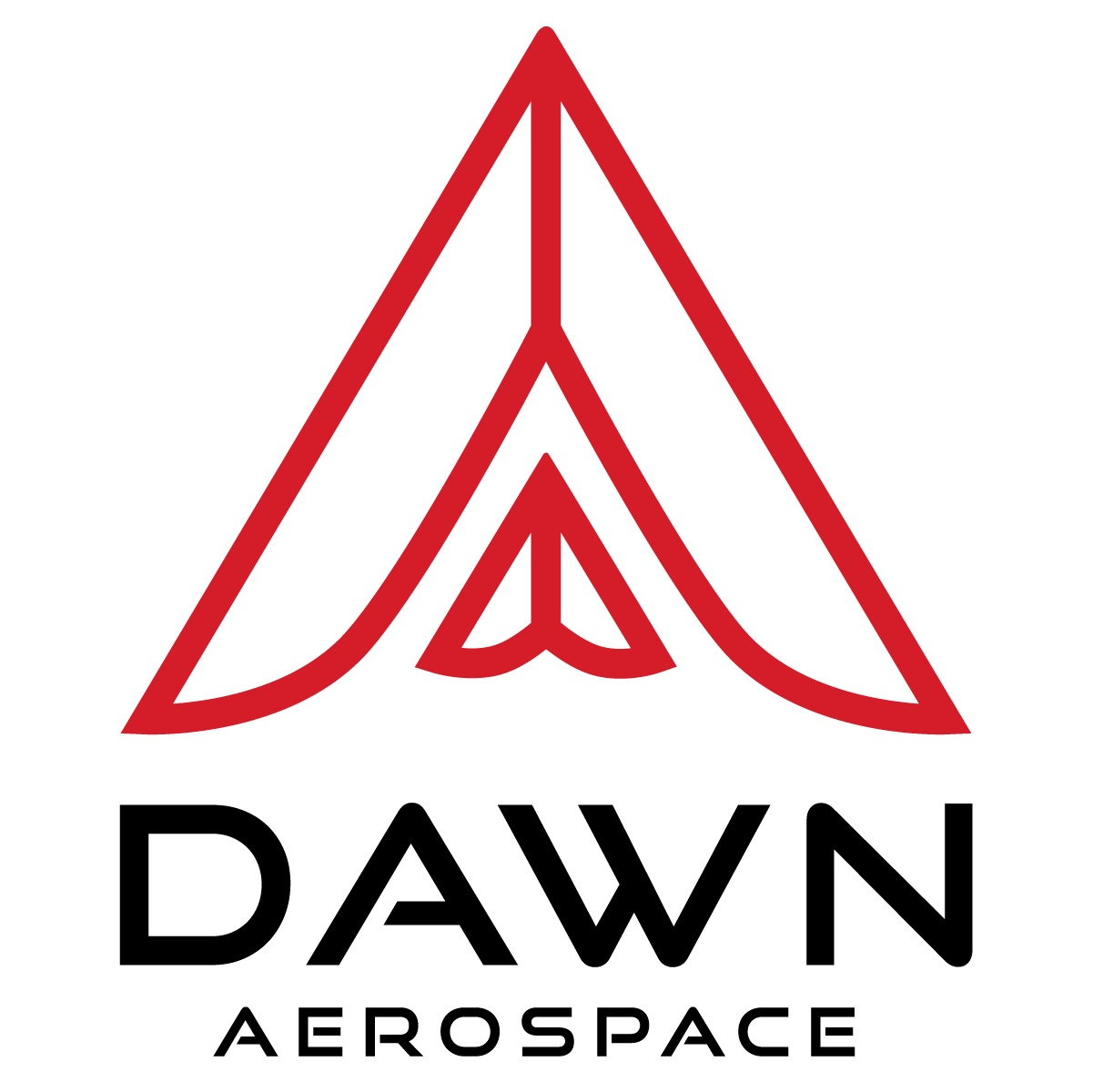Space qualification at ESA’s ESTEC facilities for Dawn’s CubeSat propulsion module
Dawn’s nitrous oxide and propene CubeSat propulsion module has proven ready for use in the deep vacuum of space.
Backed by the Netherlands Space Office (NSO), testing of Dawn’s unique propulsion technology began last week at the European Space Agency’s (ESA) ESTEC facility in Noordwijk, the Netherlands.
Split into two phases, Phase One focused on proving the module fired correctly in deep vacuum conditions. ESA’s vacuum chamber is world-class, allowing pressures lower than 1e-4 mbar. There’s only a handful of places world-wide that can offer these conditions. Phase Two is to capture additional thrust and Isp measurements, in both bi-propellant and cold-gas mode.
“This is a huge milestone for Dawn,” said Jeroen Wink, CEO. “Successfully passing this milestone frees the way for launch on the satellites of our partners D-Orbit and Hiber early next year .”
Dawn has seen heightened support from international space agencies for their green propulsion products, last month announcing funding support from the New Zealand Space Agency.
Adding to a portfolio of successful tests at ESTEC and ZARM, Germany, Dawn’s green bi-propellant module has also been through a series of other vacuum, vibration and pressure burst tests.
Earlier this year, Dawn achieved a world-first by successfully qualifying the module’s 3D printed pressure vessel to ESA’s ECSS standards. As far as is known, this is the first ever 3D printed product to pass such tests.

